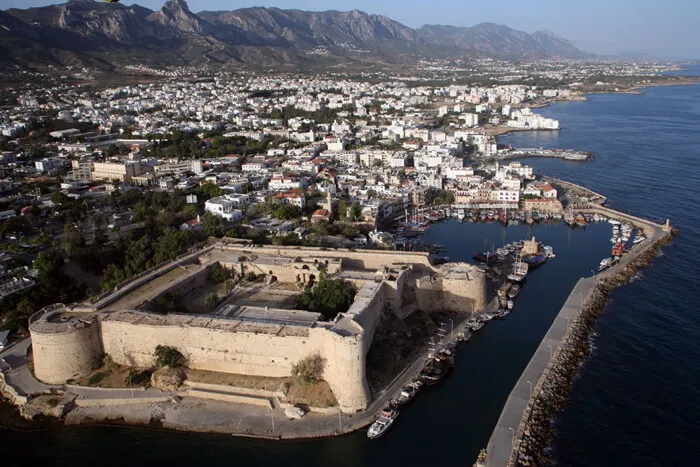khakisofirvington.com – Cyprus, a sun-drenched island in the Eastern Mediterranean, is not only a paradise for beach lovers but also a haven for history buffs. Its strategic location at the crossroads of three continents—Europe, Asia, and Africa—has made it a melting pot of cultures and civilizations for millennia. From ancient ruins to medieval castles, Cyprus offers a wealth of historical sites that provide a glimpse into its rich and diverse past.
Ancient Kingdoms and Greek Heritage
Cyprus’s history is deeply intertwined with that of ancient Greece. The island was home to several Greek city-kingdoms, such as Paphos, Salamis, and Kition, which flourished from the 11th century BCE onwards. These kingdoms left behind impressive ruins, including the Paphos Archaeological Park, which houses the famous Roman mosaics depicting scenes from Greek mythology. The ancient city of Salamis, with its amphitheater and gymnasium, offers a window into the Hellenistic period.
Roman and Byzantine Legacies
The Roman Empire annexed Cyprus in 58 BCE, and the island became a province of the Byzantine Empire in the 4th century CE. This period saw the construction of numerous churches and monasteries, many of which still stand today. The St. Hilarion Castle, perched on a mountaintop, is a testament to the island’s strategic importance during the Middle Ages. The Byzantine Museum in Nicosia showcases exquisite religious icons and artifacts from this era.
Crusader Castles and Venetian Fortifications
The Middle Ages were a time of great upheaval for Cyprus, with the island changing hands multiple times. The Crusaders established a kingdom on the island in the 12th century, and their legacy is preserved in castles like Kolossi and Buffavento. The Venetians, who ruled Cyprus from 1489 to 1571, built impressive fortifications in Nicosia and Famagusta to defend against Ottoman invasions. The walls of Nicosia are among the best-preserved examples of Renaissance military architecture.
Ottoman Rule and British Colonialism
Cyprus came under Ottoman rule in 1571, a period that lasted until 1878 when the British took control of the island. The Ottomans left their mark with mosques and public baths, while the British introduced colonial architecture and infrastructure. The Cyprus Museum in Nicosia, the oldest public museum in the country, houses an extensive collection of Cypriot antiquities, tracing the island’s history from prehistoric times to the Roman period.
Modern Cyprus: A Bridge Between Cultures
Today, Cyprus stands as a modern nation with a vibrant cultural scene that reflects its diverse heritage. The island’s museums, archaeological sites, and historical monuments attract visitors from around the world. Whether exploring the ancient city of Kourion or the medieval streets of Famagusta, history buffs will find Cyprus a captivating destination that offers a unique blend of cultures and civilizations.
Conclusion
Cyprus is more than just a beautiful island; it is a living museum that tells the story of its rich and complex history. From the ruins of ancient kingdoms to the fortifications of medieval times, every corner of Cyprus holds a piece of the past waiting to be discovered. For those with a passion for history, Cyprus is a haven that promises an unforgettable journey through time.
